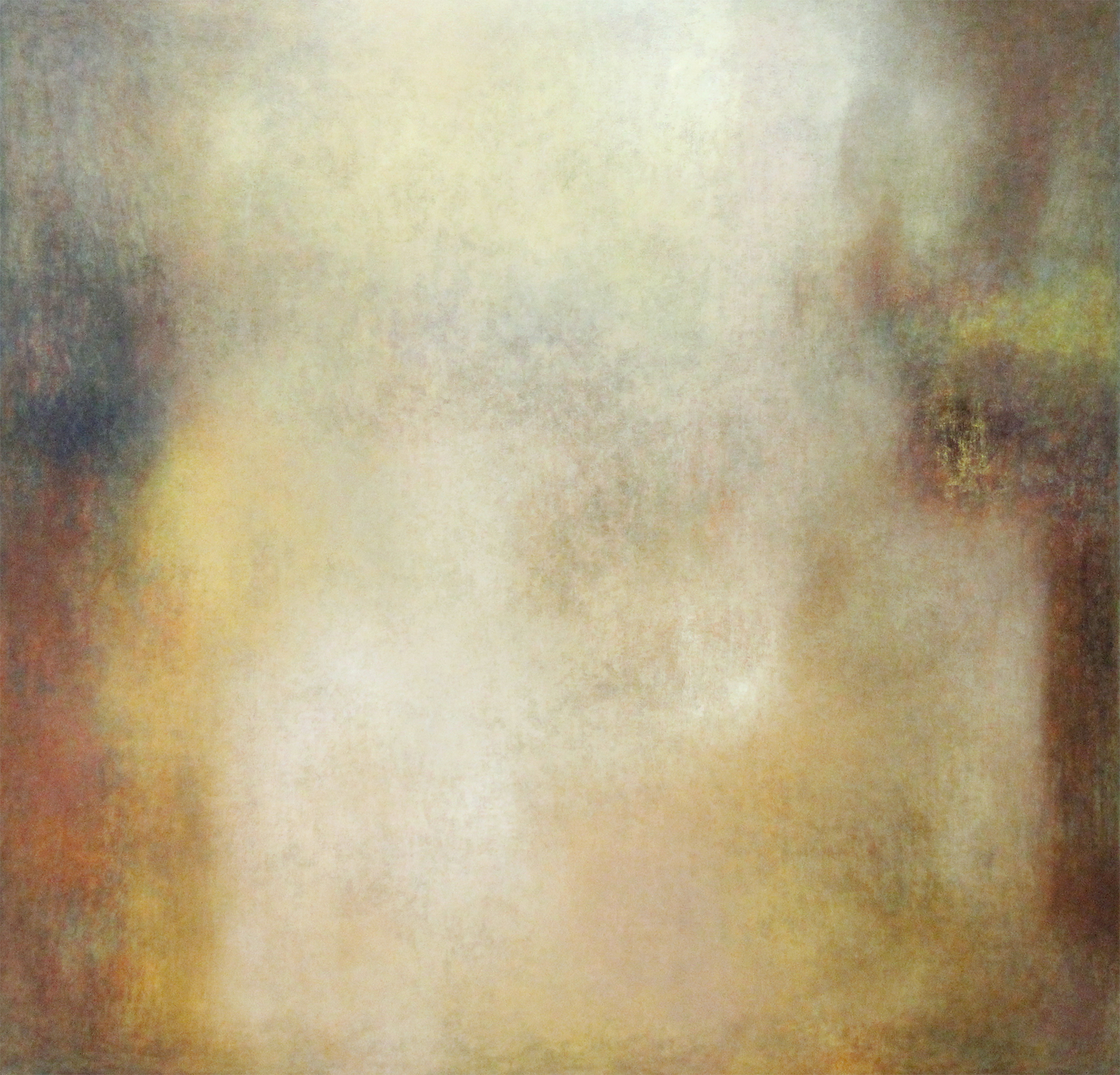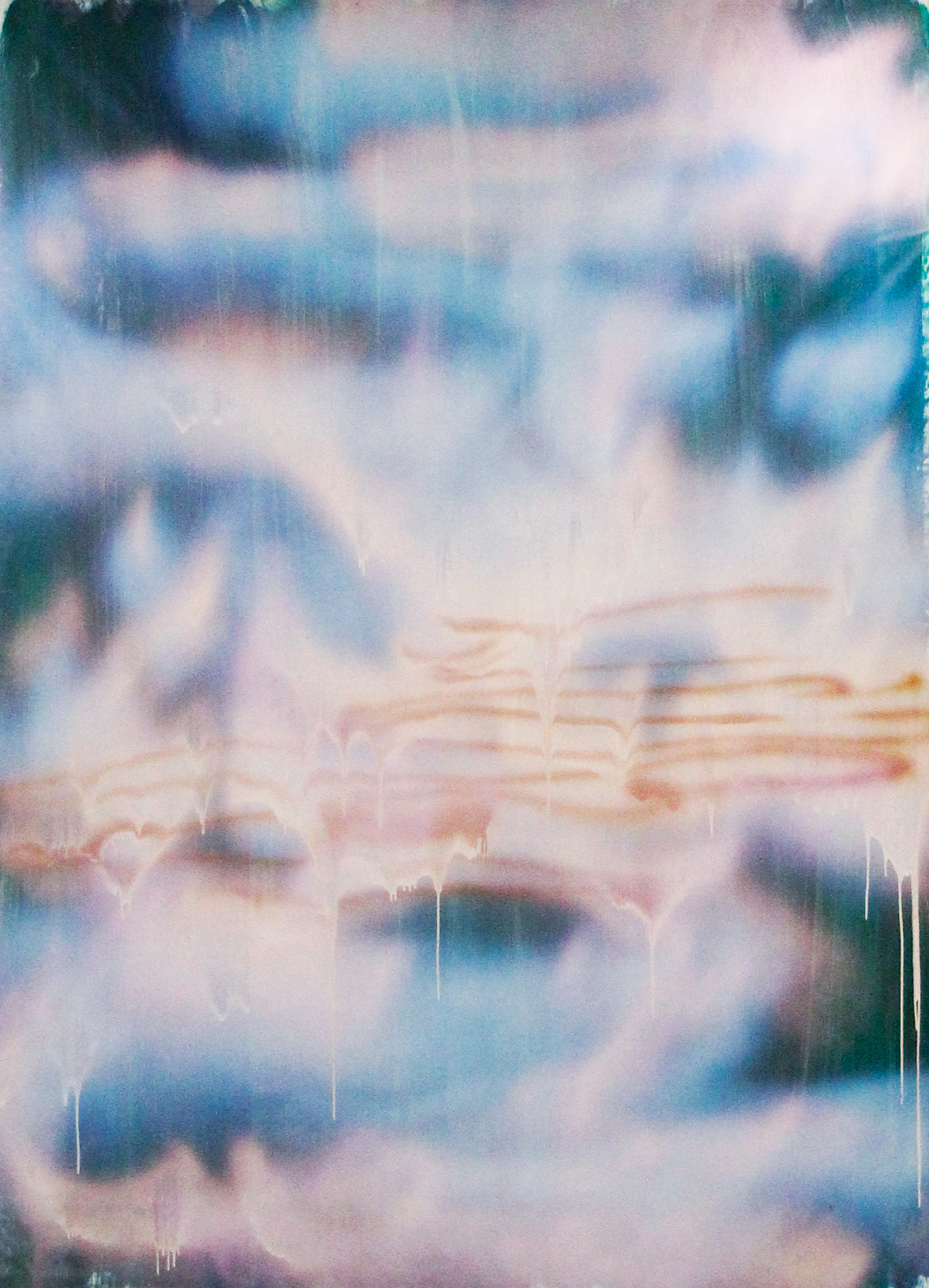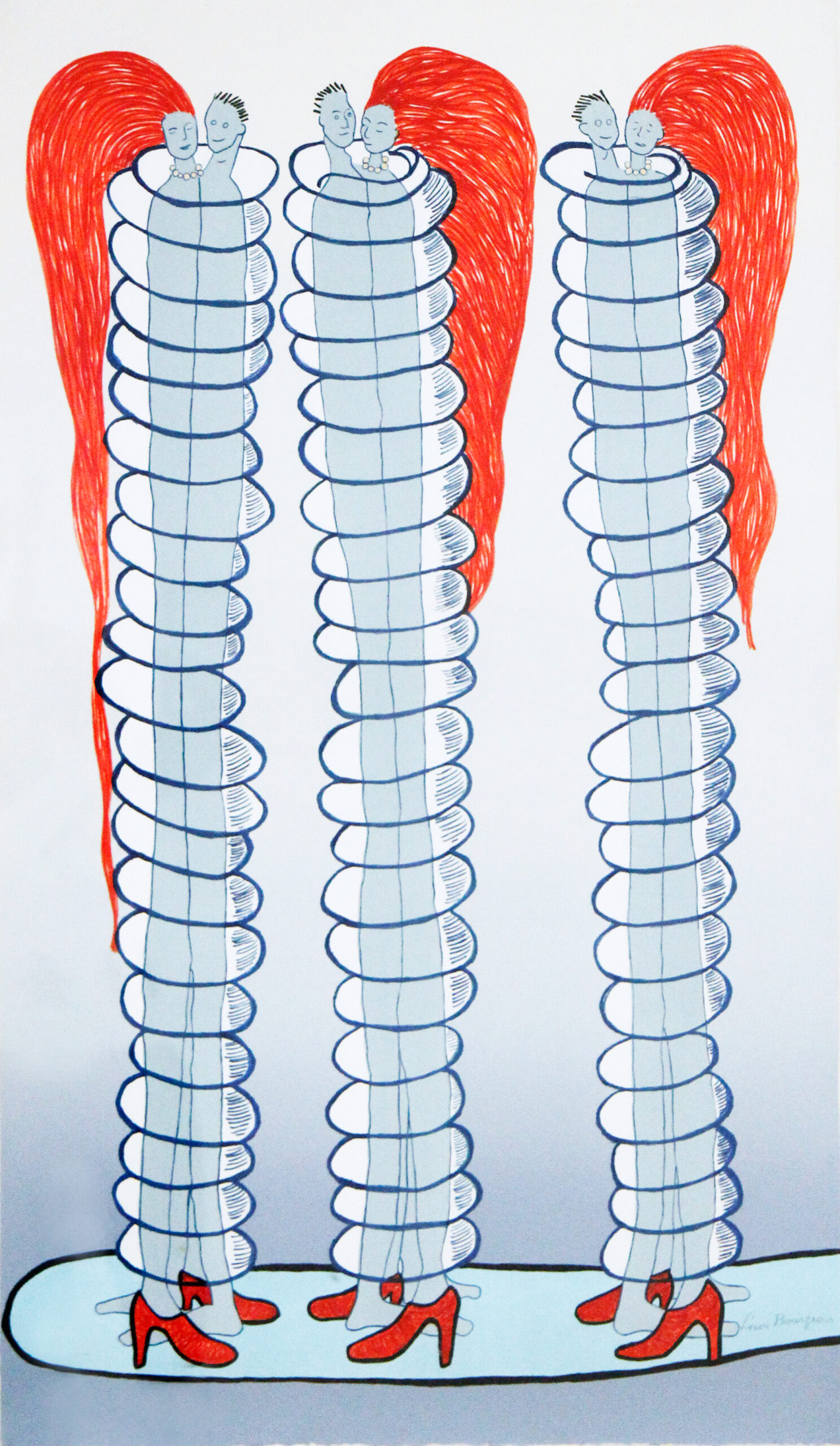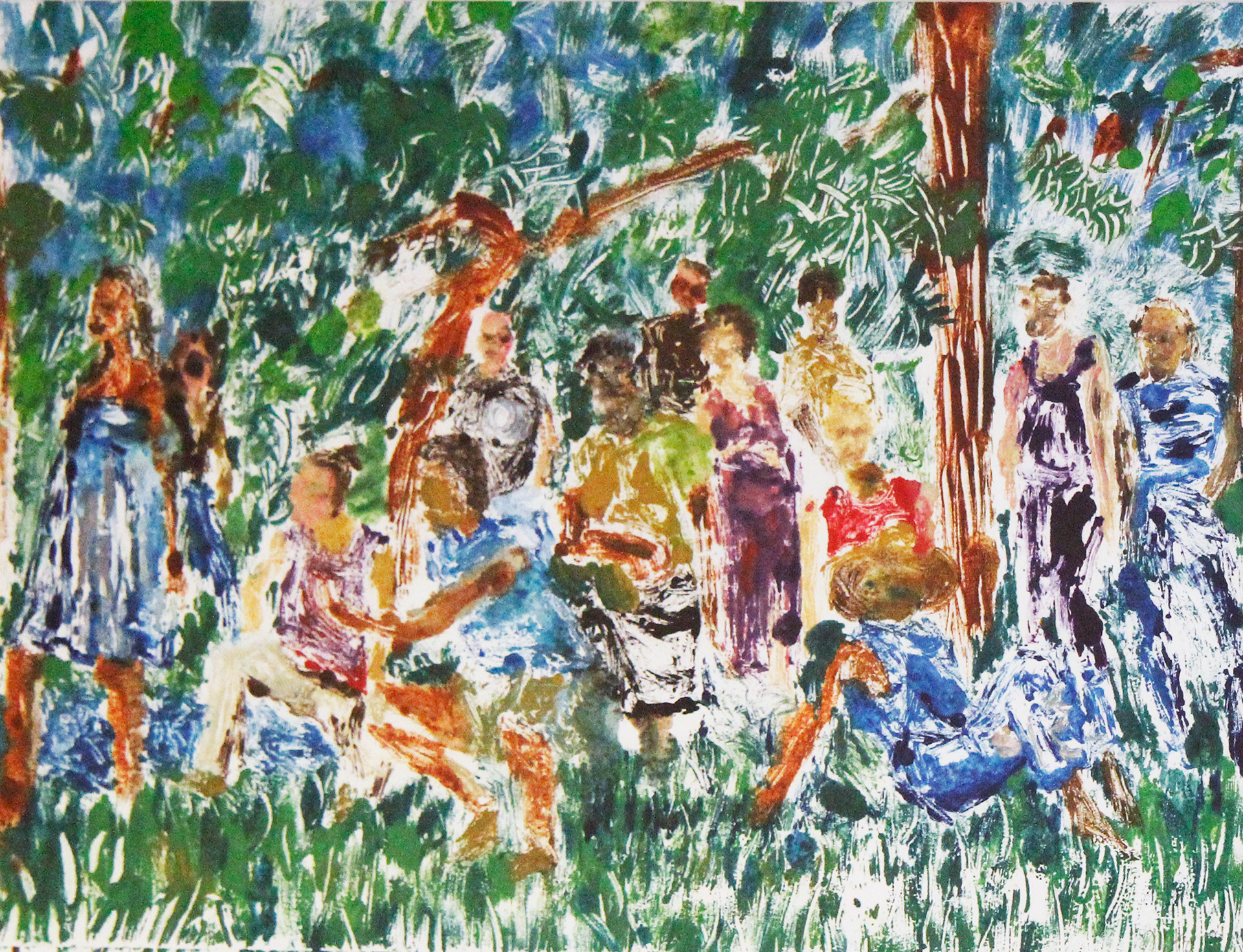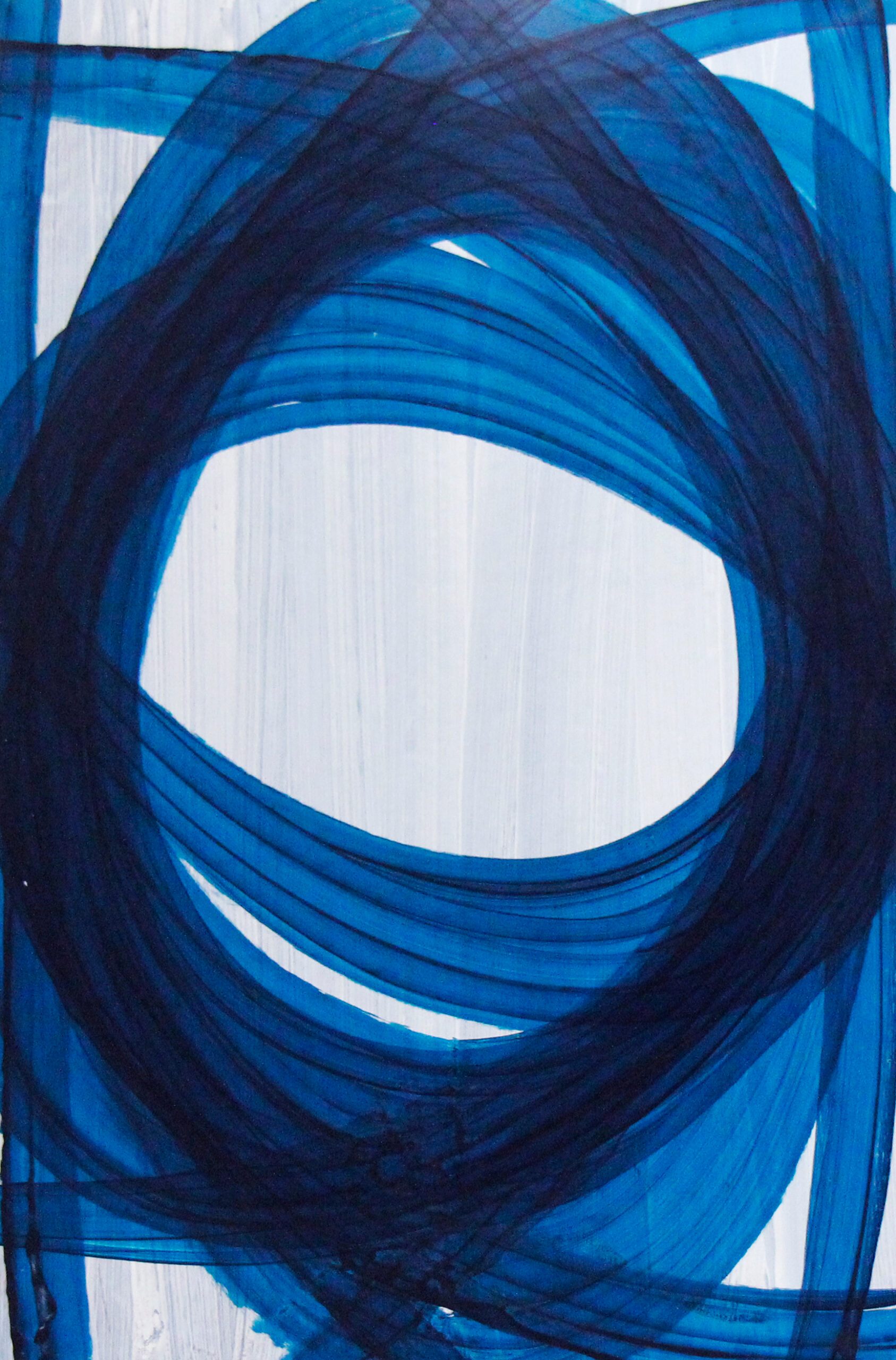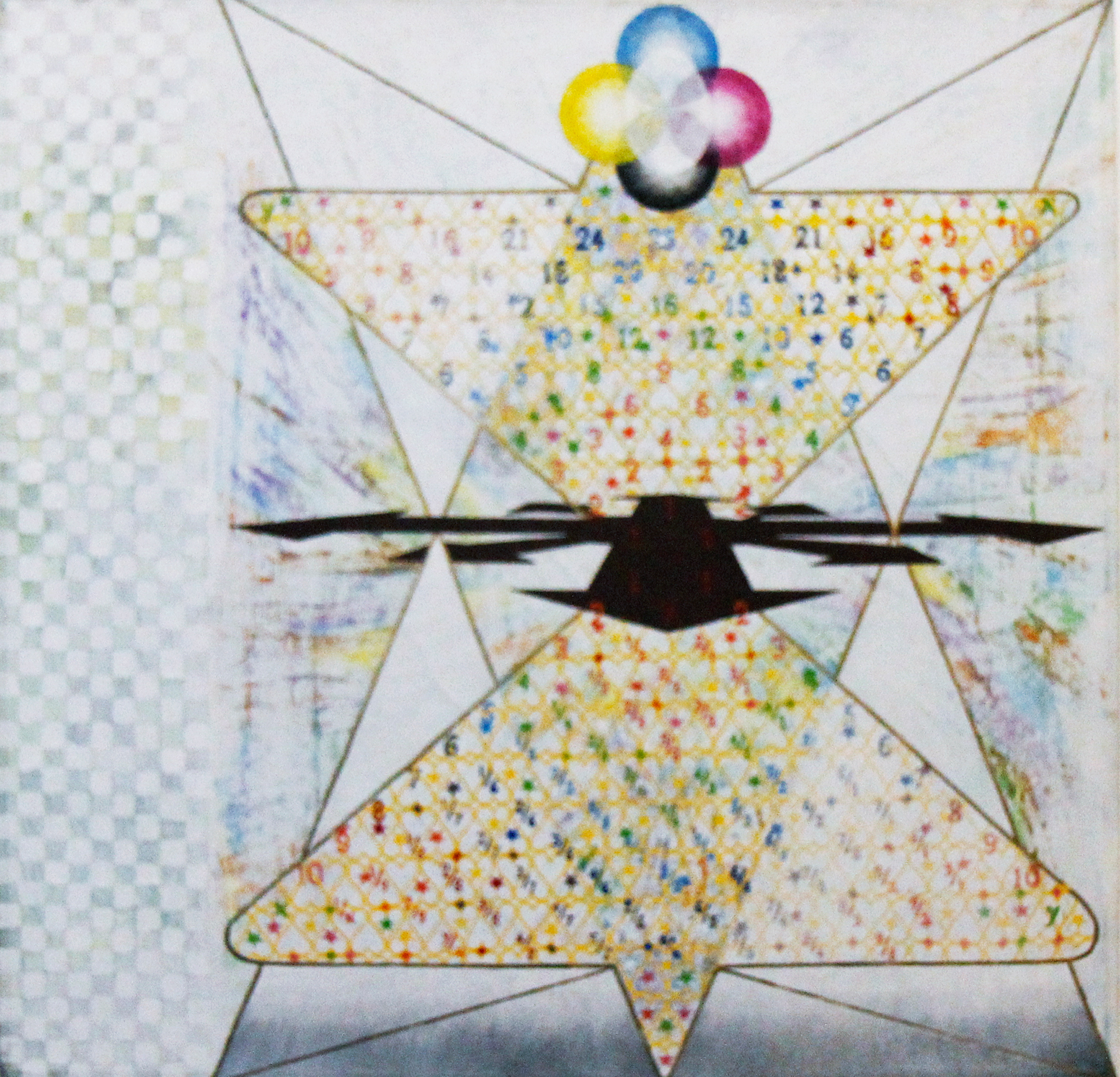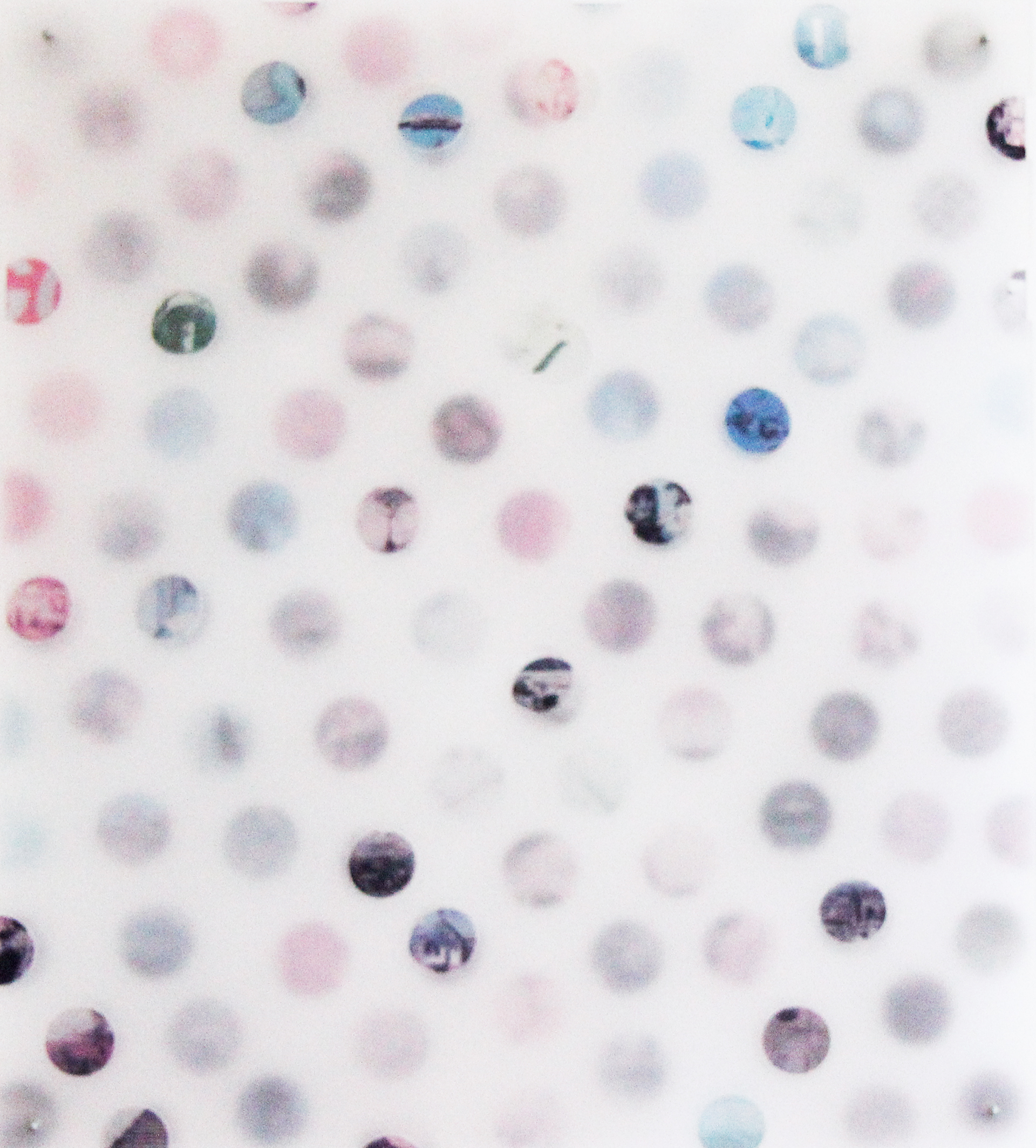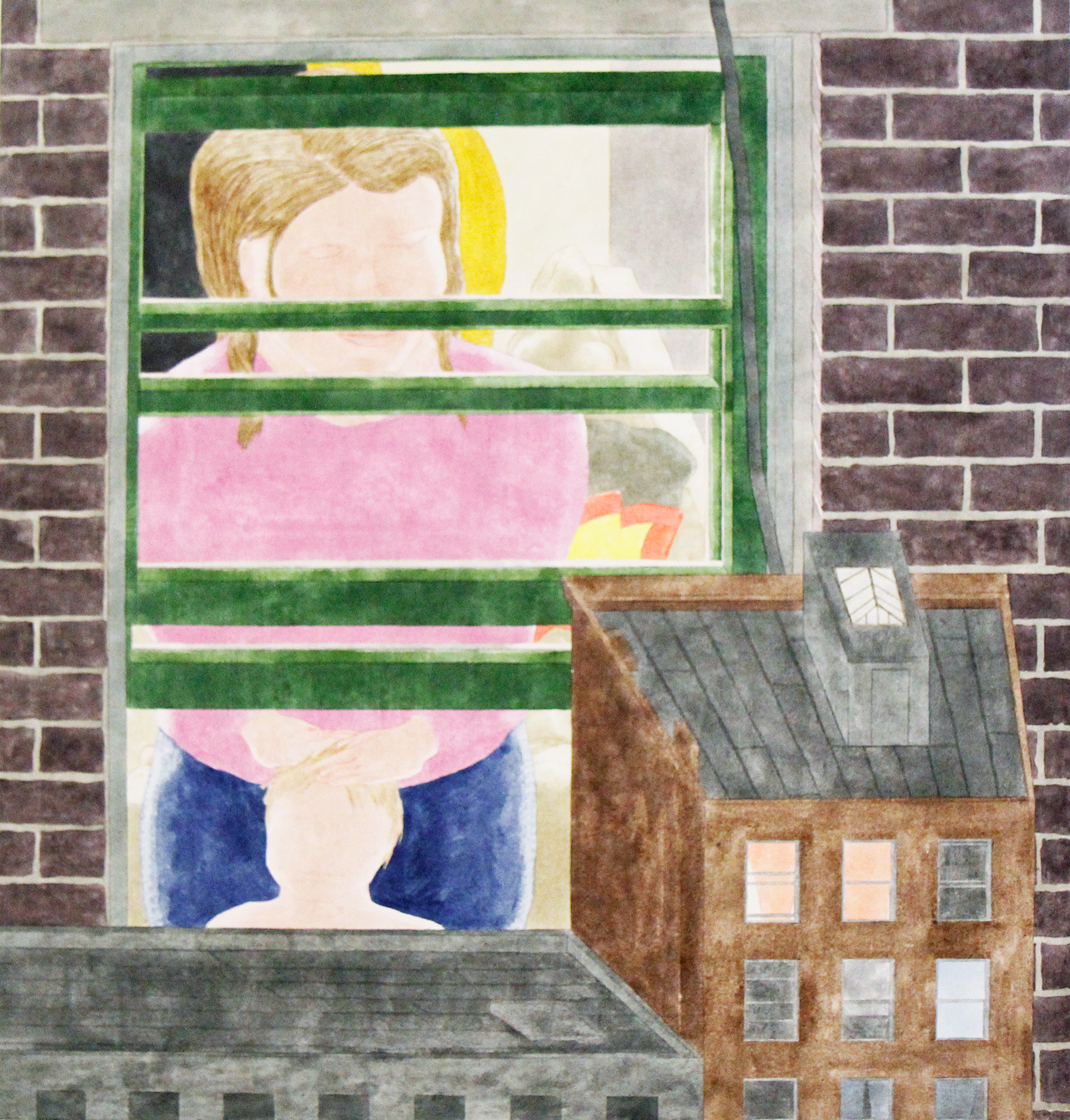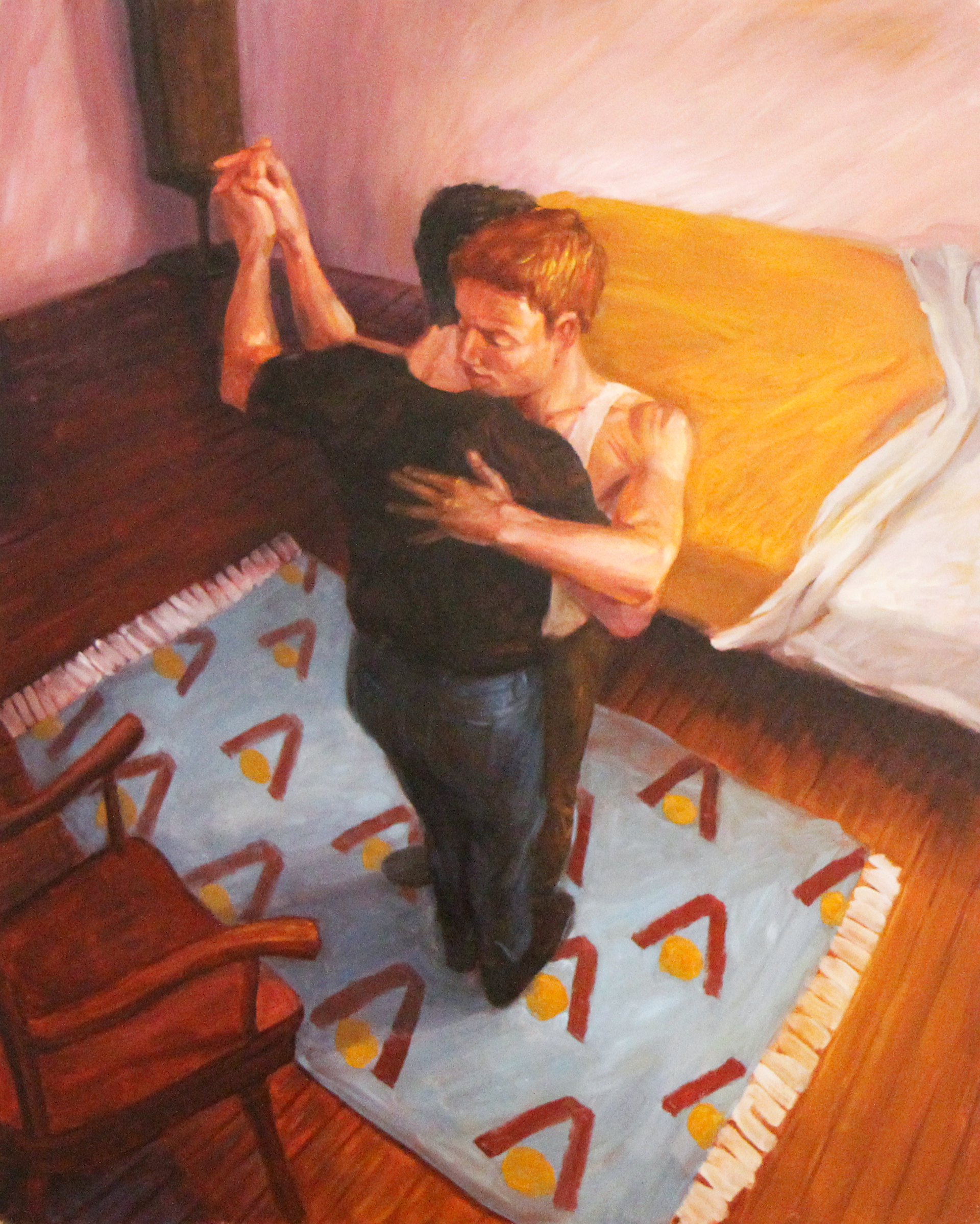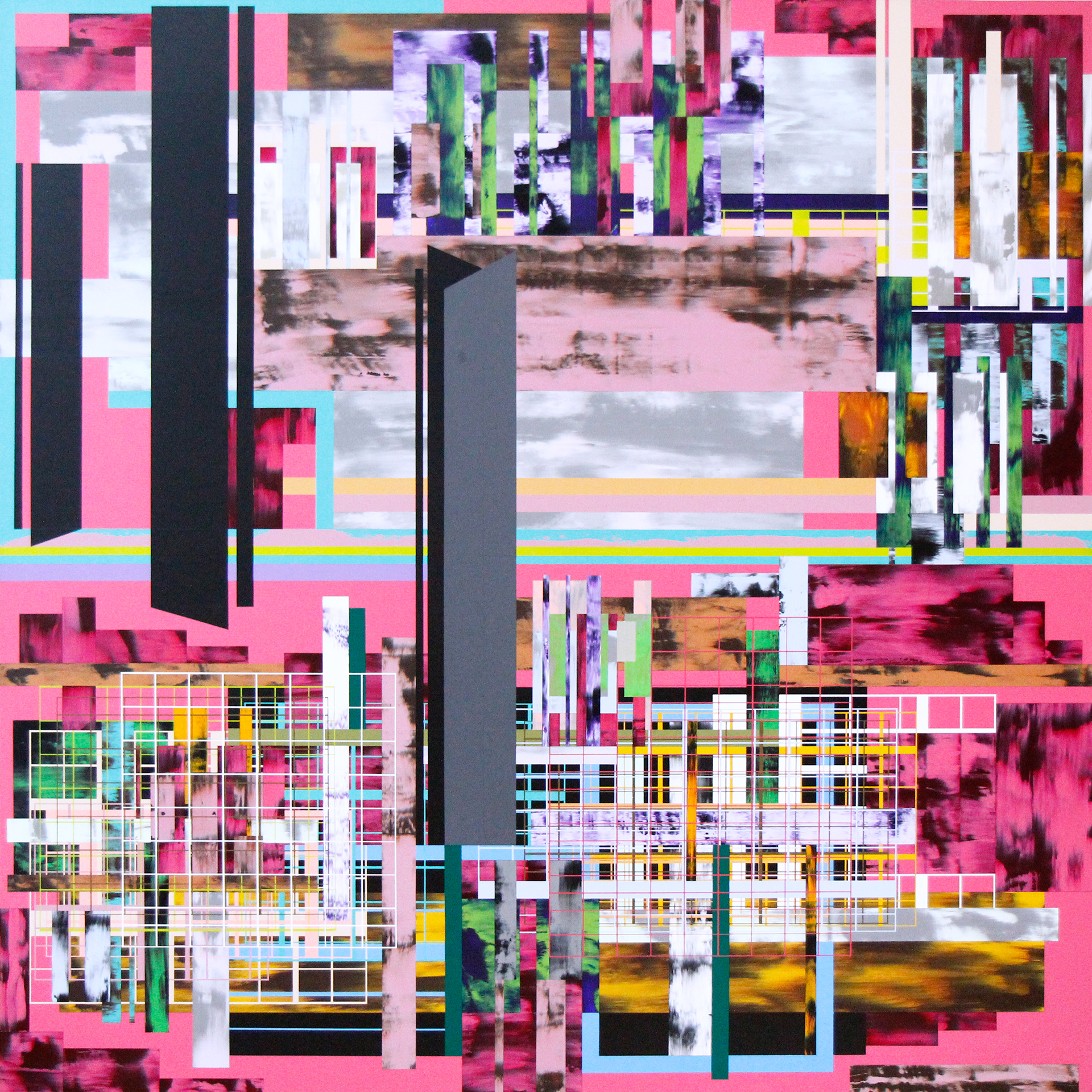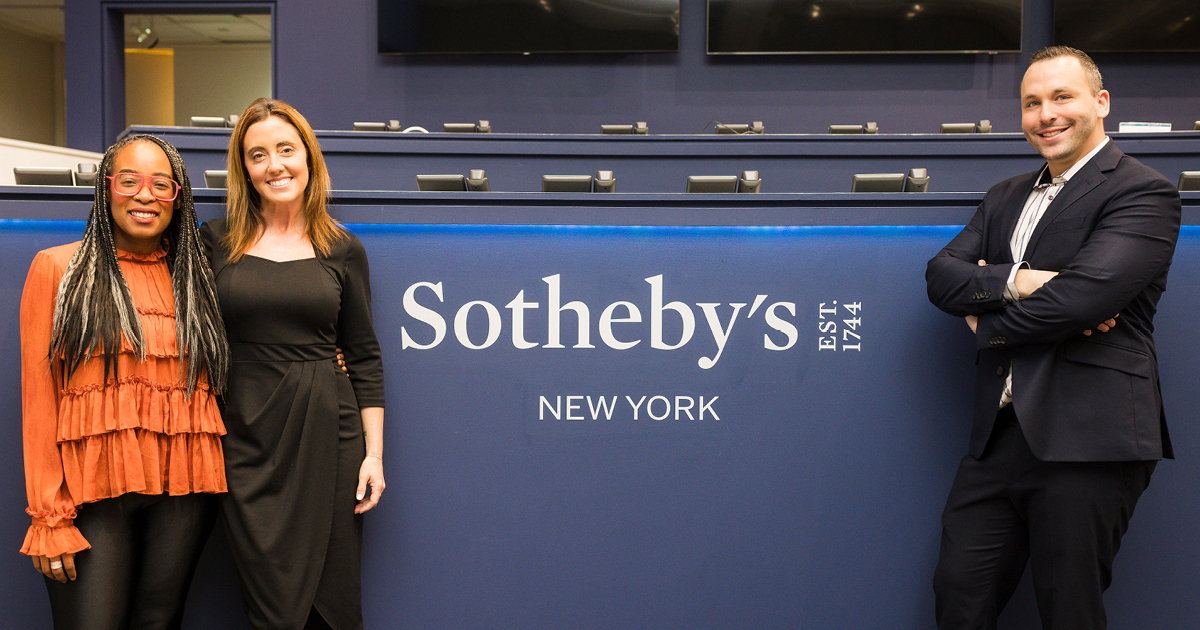Entering New York Law School’s Abbey Hall, students, faculty, and visitors alike are treated to the School’s contemporary architecture integrated with its original, art deco buildings. A walk through the lobby reveals soaring ceilings, expansive windows, and open spaces with room to breathe. But the campus is made especially unique by its art collection — one that spans painting, drawing, sculpture, printmaking, and so much more.
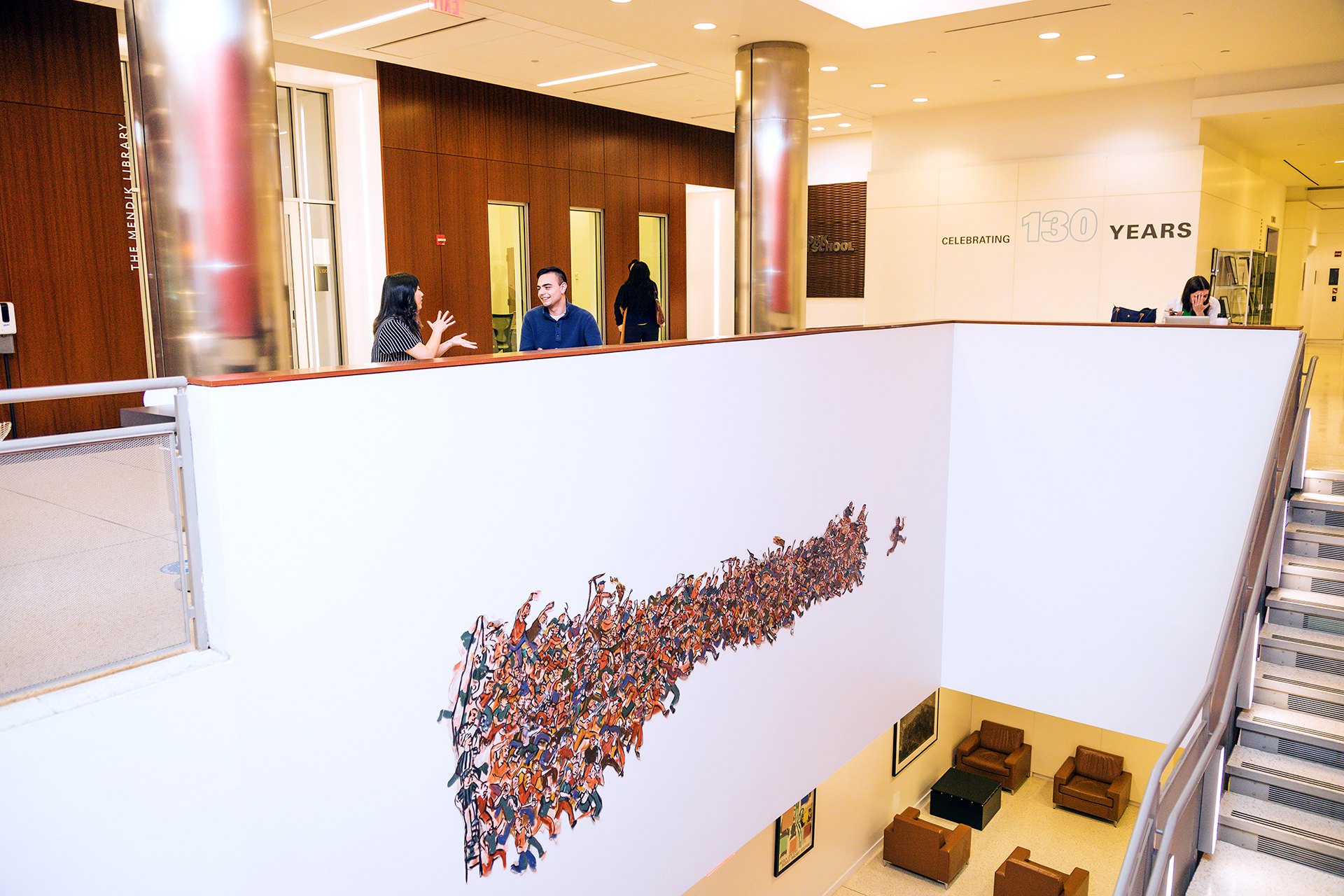
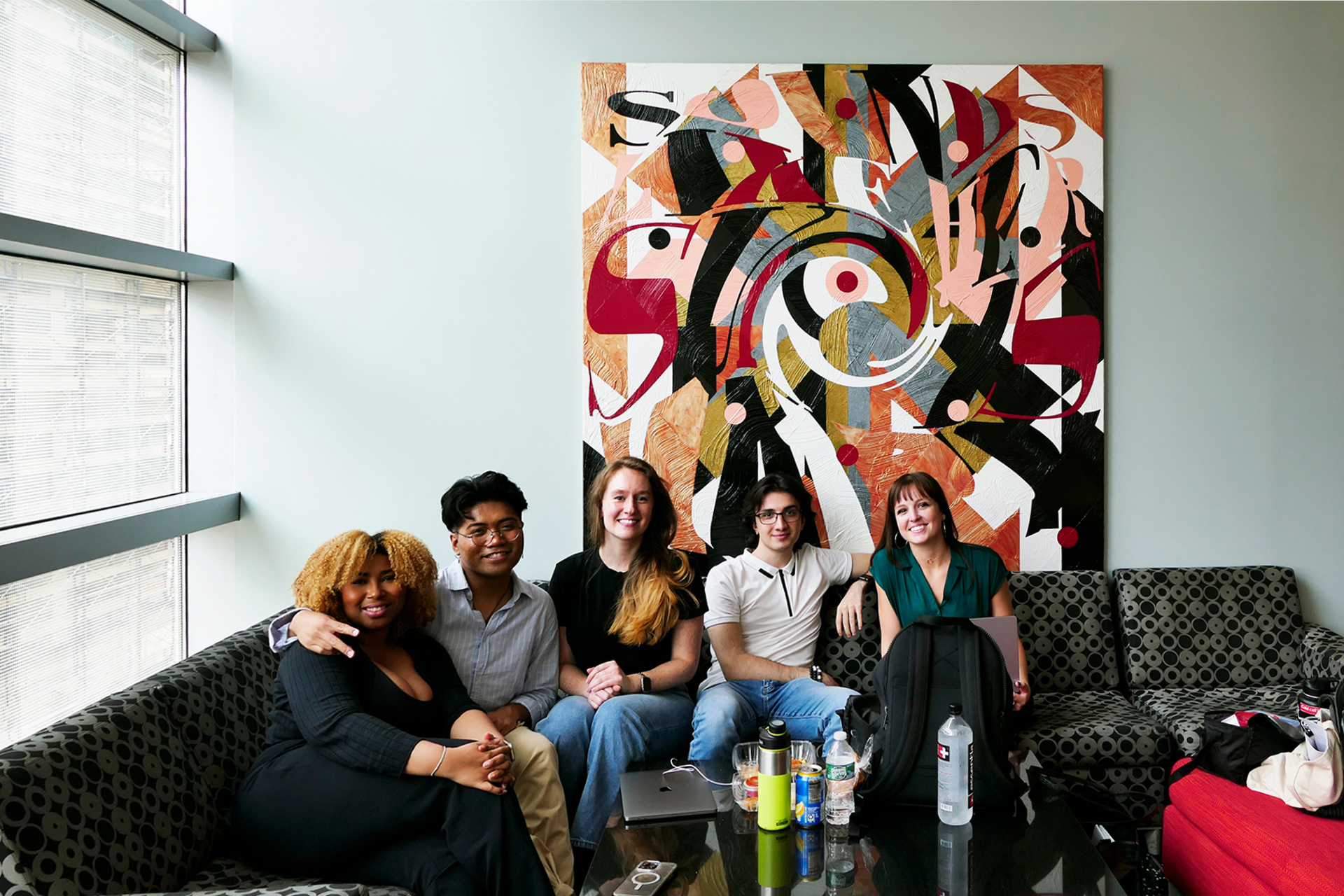
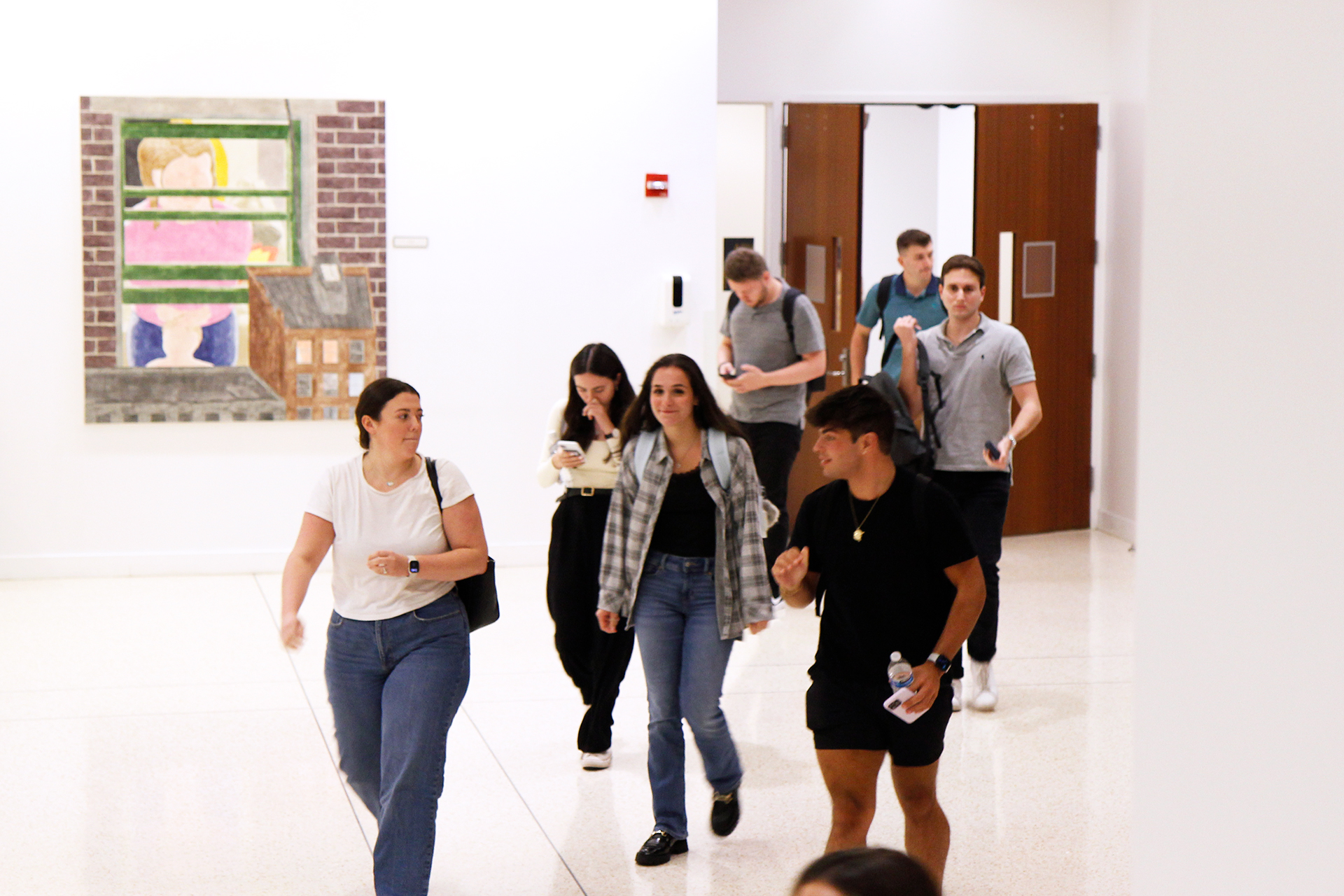
Photographs of artwork around campus at New York Law School.
It’s a perhaps surprising choice for a law school, but a series of conversations with NYLS administrators, faculty members, students, donors, and artists reveal a natural partnership between the study of law and the appreciation and practice of art.
“Being a good lawyer involves helping people,” says William P. LaPiana, Dean of Faculty, “and to do that, you need to have empathy and sympathy and compassion. Every single piece of art on our walls directly portrays different aspects of the human experience and many portray New York.”
“We’re not in a gallery, but when we see them as we go about our days, they remind us that life is big,” he says. “I couldn’t even begin to quantify how different it would be to have blank walls.”
The law is, after all, an art form — one with bounds and constraints, but with ample room for creativity nonetheless. (LaPiana likens it to creating art works within the constraints of a style or genre — and the creativity comes in when artists and lawyers expertly push against limits.)
The School’s collection includes a broad array of artists working in a variety of mediums, including a collection of Keith Haring prints, a display of photographs featuring the Tuskegee Airmen, a lithograph by Louise Bourgeois, and paintings by Paul Jenkins and Katharina Grosse, among many others.
In 2011, NYLS received a donation of work by Emilio Sanchez from the Emilio Sanchez Foundation — Linda Sosnowitz ’73 worked with her law partner Erik Stapper, trustee of the Foundation, to bring Sanchez’s work to NYLS. It was a pencil drawing of the Manhattan Bridge by Sanchez that to her seemed ideal for the new NYLS building. After Stapper and the collection's curator, Ann Koll, visited the campus, they decided that NYLS was a perfect home — not only for that piece but for all the pieces now placed throughout our campus. Because of the generosity and foresight of the Foundation, NYLS holds one of the largest and most important collections of Sanchez’s work in the country. Especially meaningful is a painting of the World Trade Center before 2001: “The School’s proximity to Ground Zero and its resilient recovery from the 9/11 events made a compelling case for the gift,” Sosnowitz said at the time of the donation.
Sanchez’s oeuvre is directly in line with the NYLS ethos: Sanchez, born in Cuba, loved New York City — particularly Lower Manhattan. Our pieces, which most often depict buildings or landmarks, are “extraordinarily meaningful,” LaPiana says. “They show the background in which all of our study and work and advocacy happens — it’s common to us all. Any one of us could walk through those canvases.”
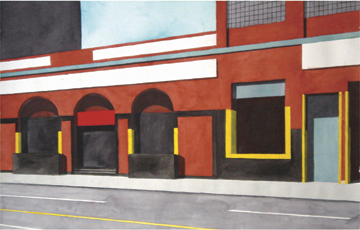
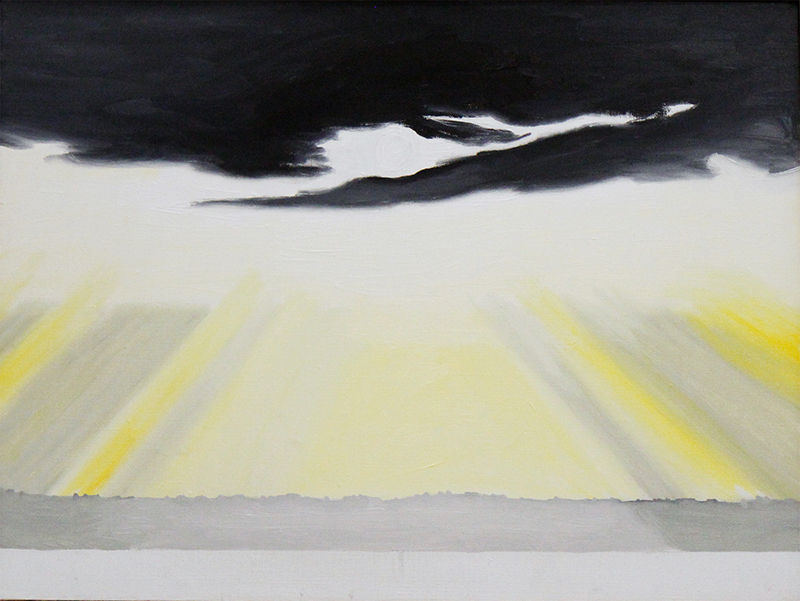

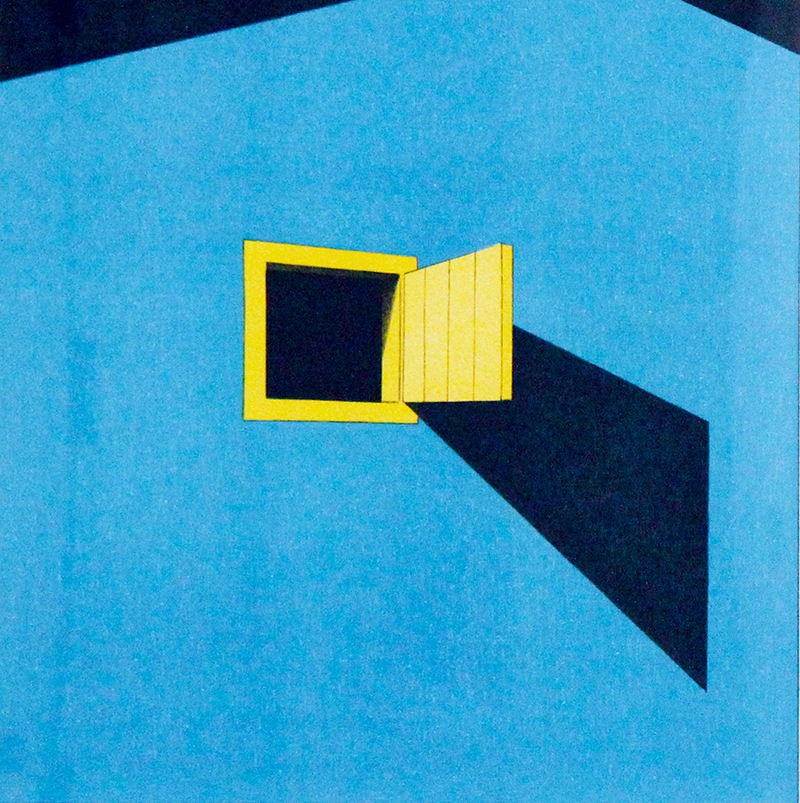

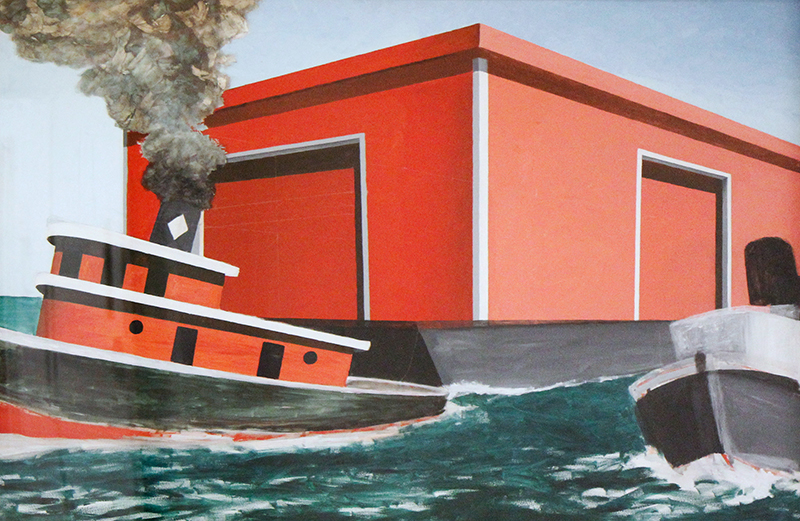

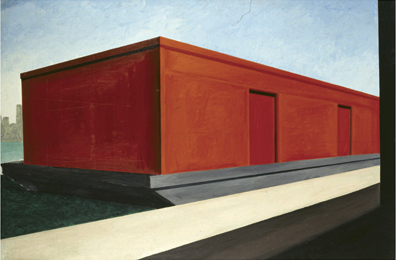
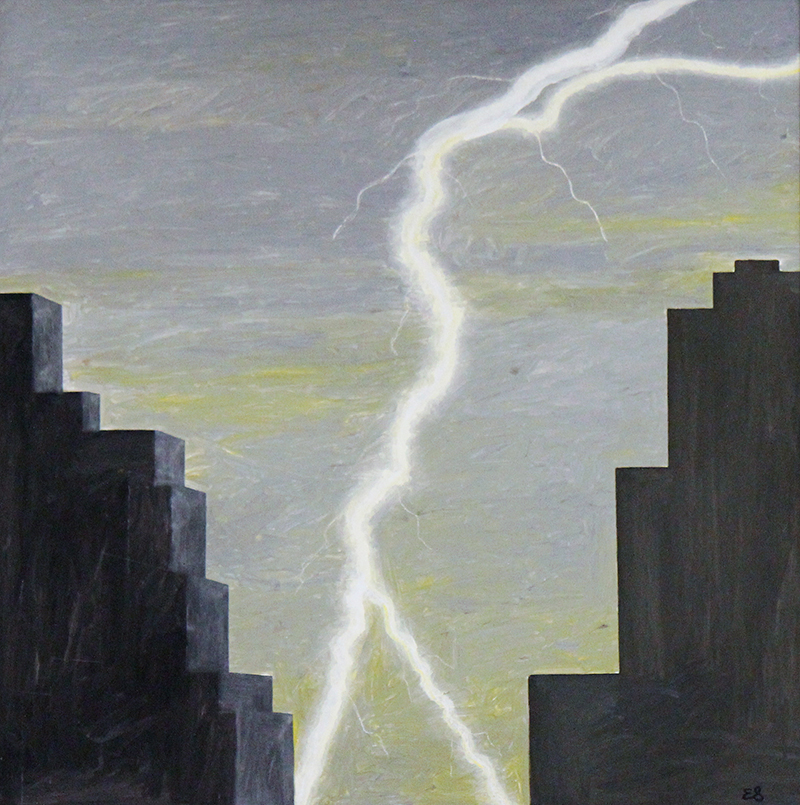
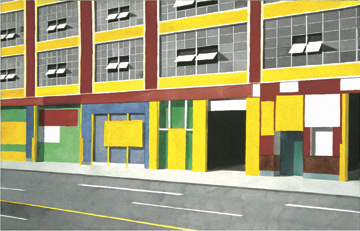
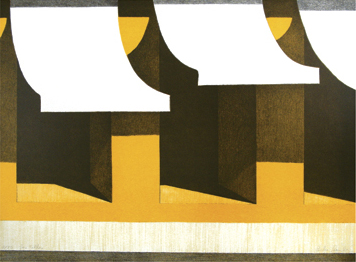

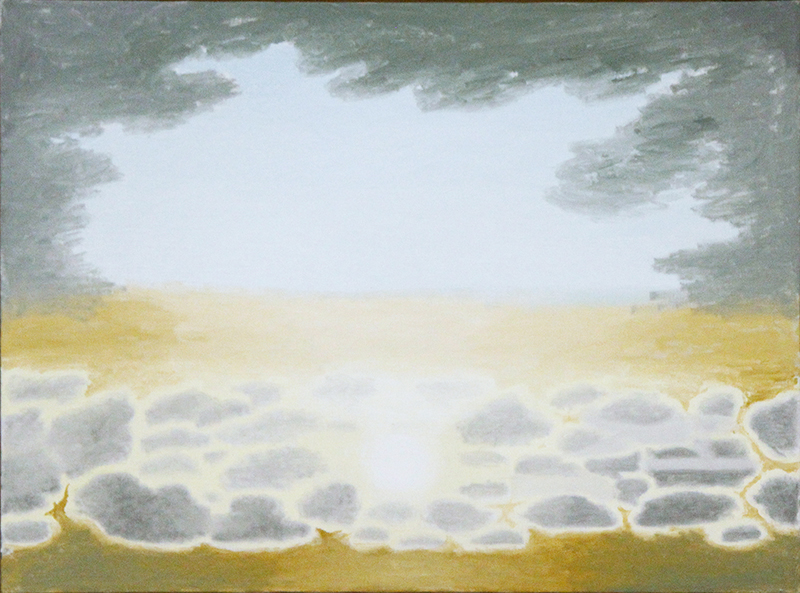
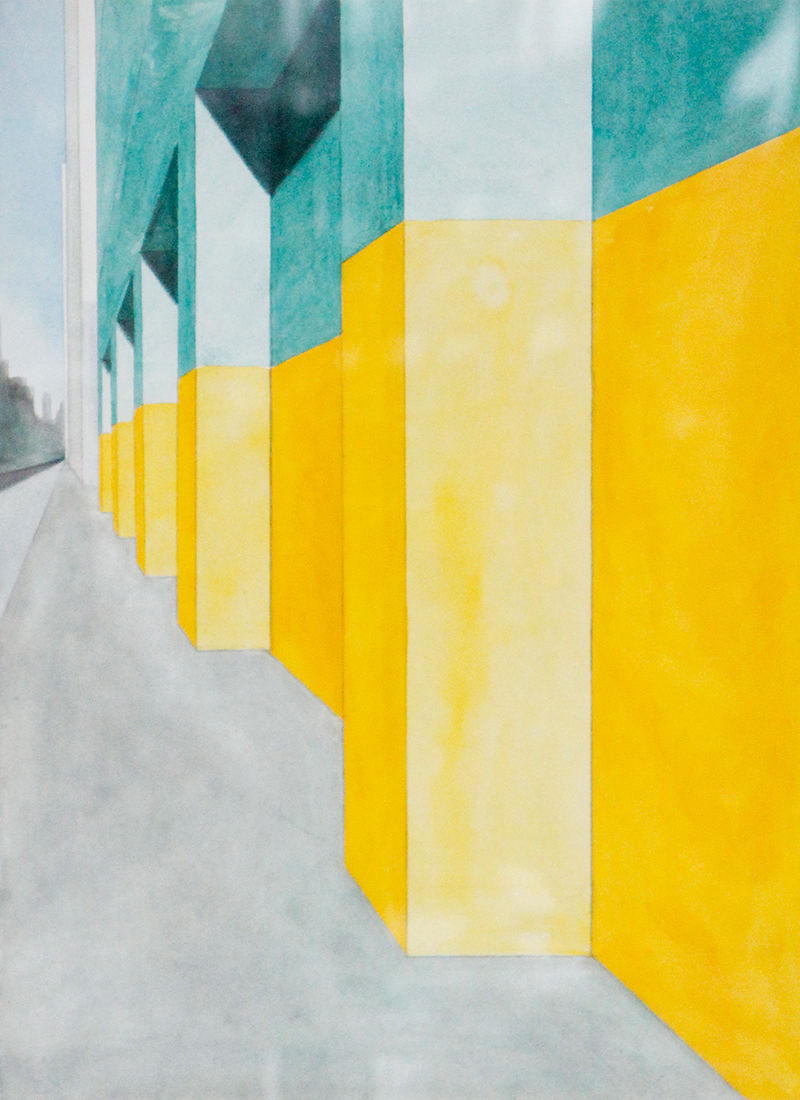
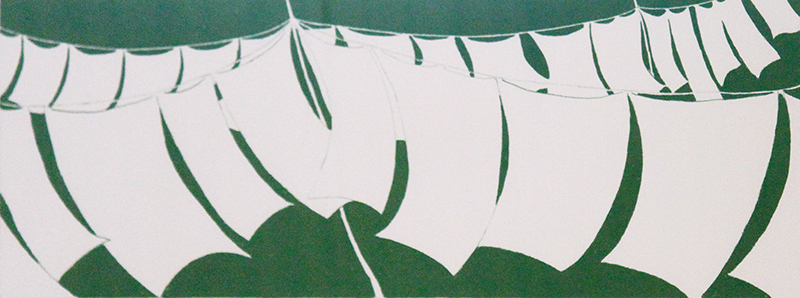
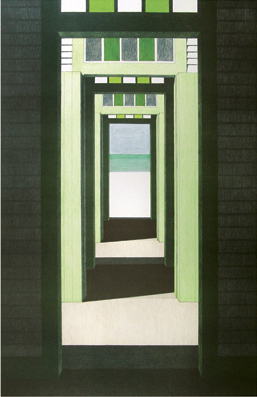
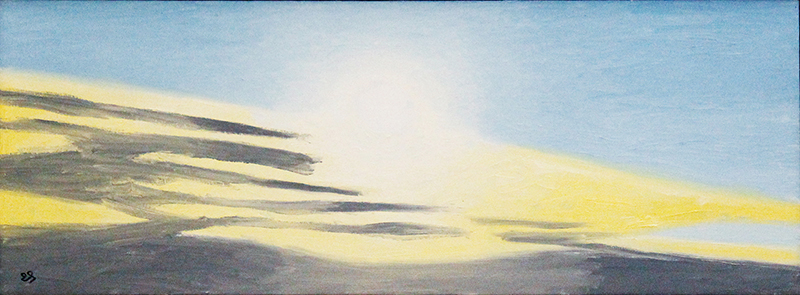
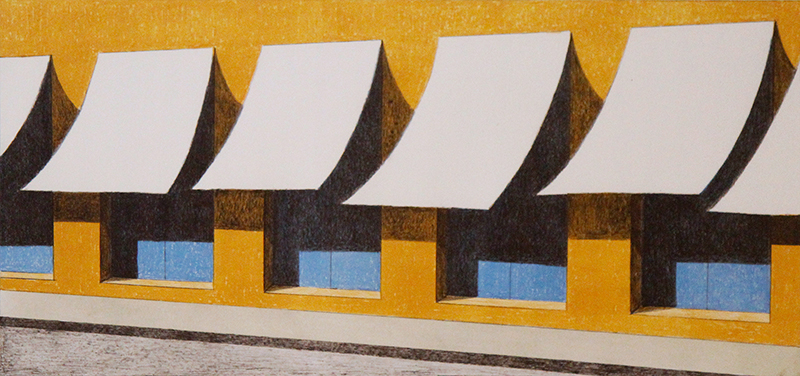
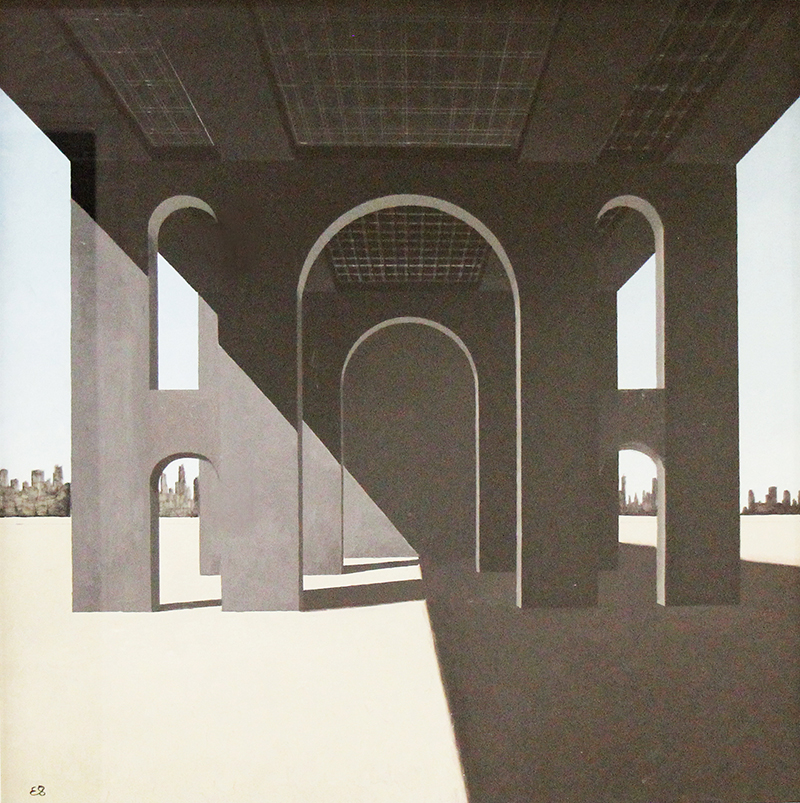
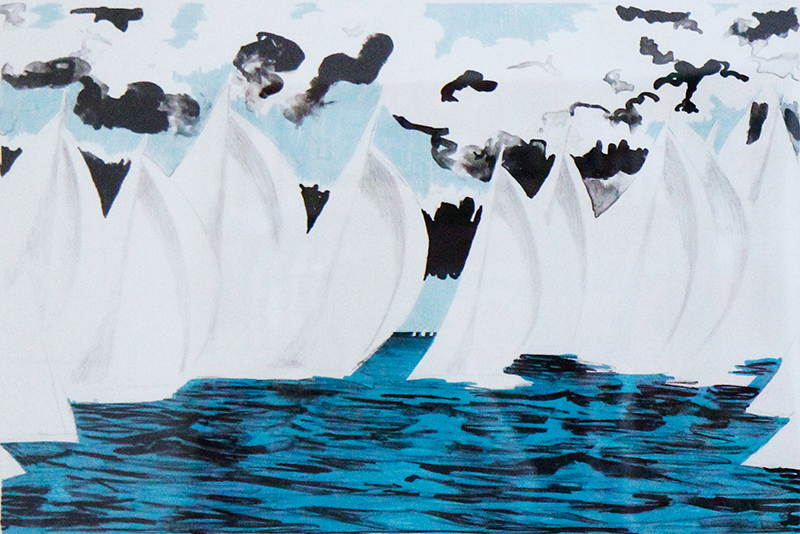
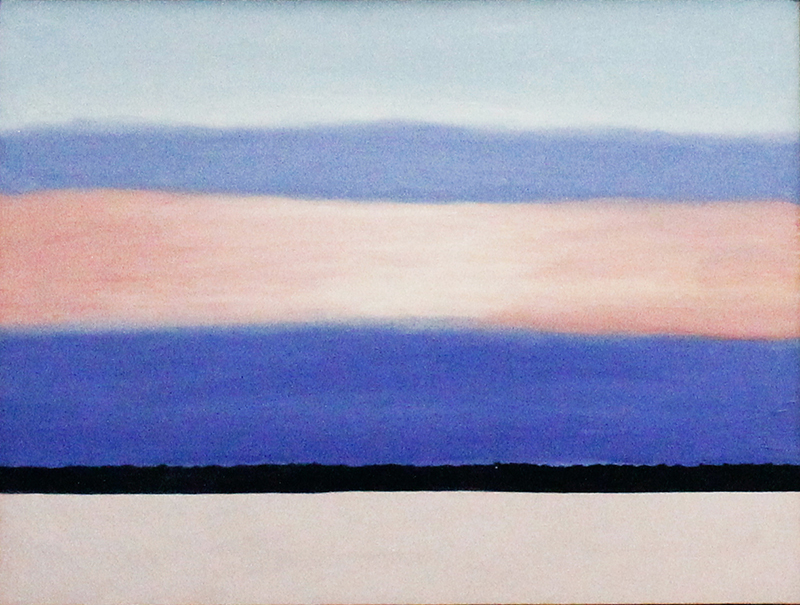

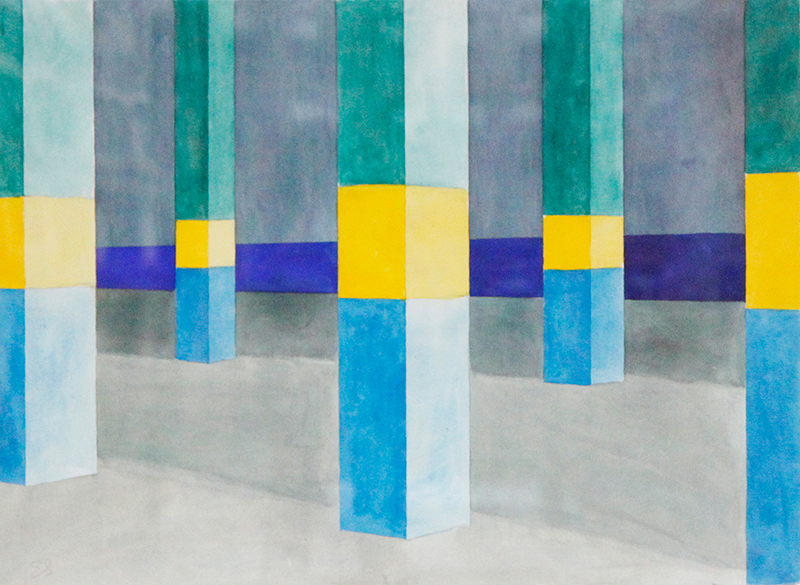

Selection of artwork by Emilio Sanchez.
Faculty and alumni pieces hang on our walls too, including pieces from Theodore Dwight 125th Anniversary Professor of Law, Emeritus, David Chang; Deborah Koncelik Held ’76; Distinguished Adjunct Professor of Law Lawrence Lederman; Colette T. Katz ’07; and Trustee Professor of Law, Emeritus, David Schoenbrod.
Each artist donated their work with a relationship to NYLS in mind. Lederman, whose photographs were recently published in DuPont Gardens of the Brandywine Valley says that “the photographs on the wall are a message to my students (and all the students in the school who know that I teach there) that the study and practice of law does not diminish your other intellectual skills and talents. Indeed, it enhances them. You can be a lawyer, a teacher, and an artist. You can embrace all your talents and enjoy them and, while doing so, contribute to the sensibility and humanity of your community.”
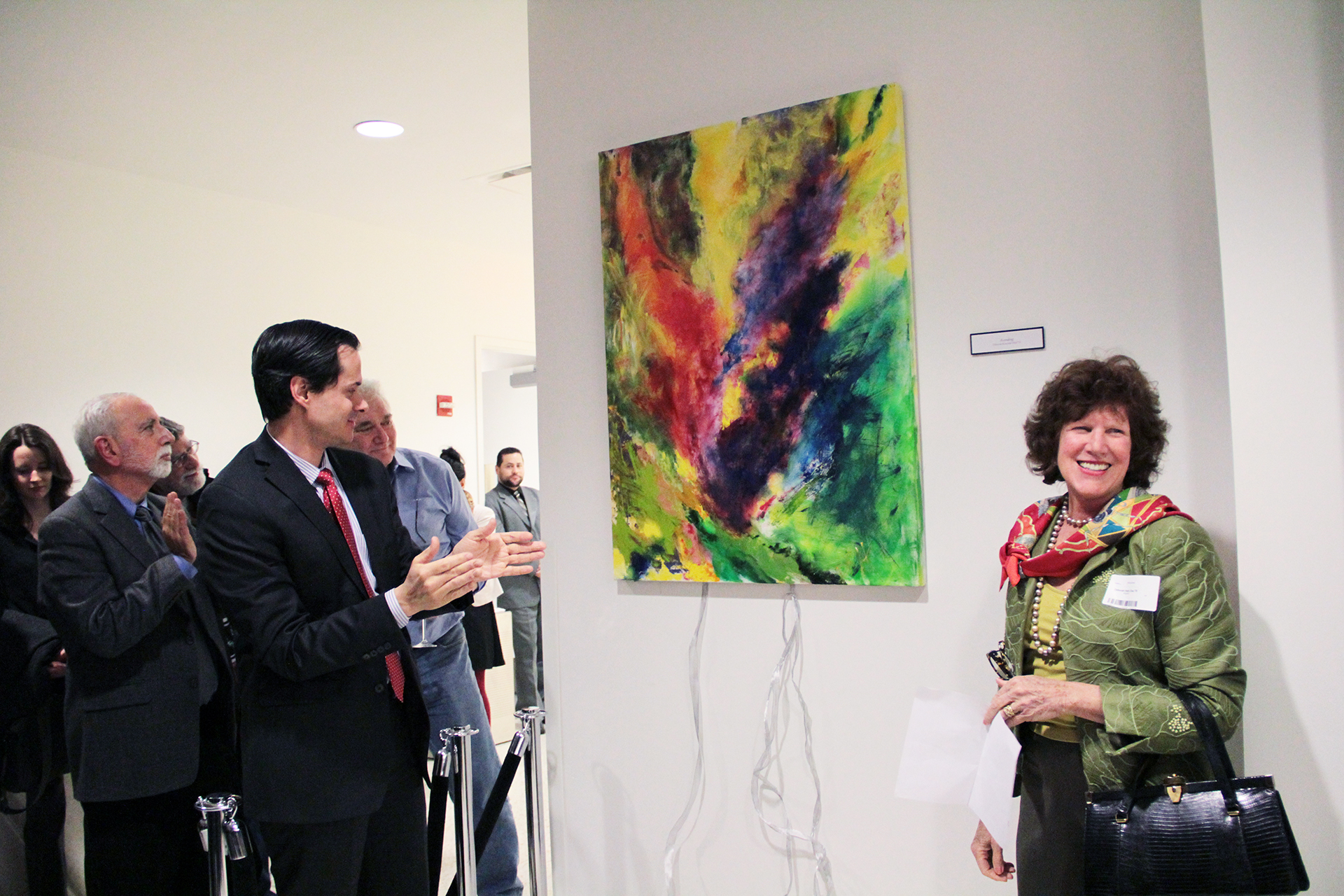
Deborah Koncelik Held ’76 (right), Dean Anthony W. Crowell (left), and guests celebrate at the unveiling of Held’s artwork "Ascending."
“How wonderful to have one of my paintings hanging on the walls of my alma mater, a place of empowerment,” says Deborah Koncelik Held ’76. “My law school experience felt like reaching for the heavens. Called ‘Ascending,’ the painting evokes the same spirit. And NYLS itself was poised for growth from a single building to the grand and impressive city law school it has since become. The energy and excitement among us first-year law students as we crowded into that charming historic Tribeca building’s elevators (operated by humans who knew our names and faces) was like an electric charge. We were about to arise and take possession of the power that knowledge of the law promised, and it was thrilling.”
The students’ academic lives are much enriched by learning and studying in a setting filled with art. “It was a privilege to be surrounded by an eclectic and important body of work,” says Hanoch Sheps ’13, who worked to create a catalog of the School’s collection. Working with the collection on the catalog “afforded great insight into the history the collection, shedding new light on the deep commitment to not only the academic success of NYLS’s students but also the extensive philanthropy of countless alumni like Arthur Abbey ’59 and Diane Abbey,” he says. Sheps now practices art law as counsel at Mazzola Lindstrom LLP (and studied for the bar exam at the Metropolitan Museum of Art), and Sheps sees a definite correlation between art and study.
“The themes presented in the NYLS collection cover a range of topics studied by the students: immigration and pursuit of the ‘American Dream’ in Cuban-American Emilio Sanchez's work, advocacy and representation on myriad issues including LGBTQI+ highlighted by works from Keith Haring and Louise Bourgeois, first amendment and constitutional rights depicted by photojournalism, and much more. It certainly is a different ‘issue spotting’ exercise than law students typically do, but I challenge every student to take in the art around the lecture halls, libraries, and corridors and to discern the deeper meaning of the art and what it represents,” Sheps says.
Current student and Art Co-Chair for the NYLS Media, Entertainment, and Fashion Law Association Nina Rice ’24 agrees. “Law school can be very stressful, but taking a moment to appreciate the art can be both a calming and grounding experience. I also find that the collection encourages a sense of pride amongst the NYLS community and seeing the art on our hallways reminds me of all the students who have come before me and will come after me.”
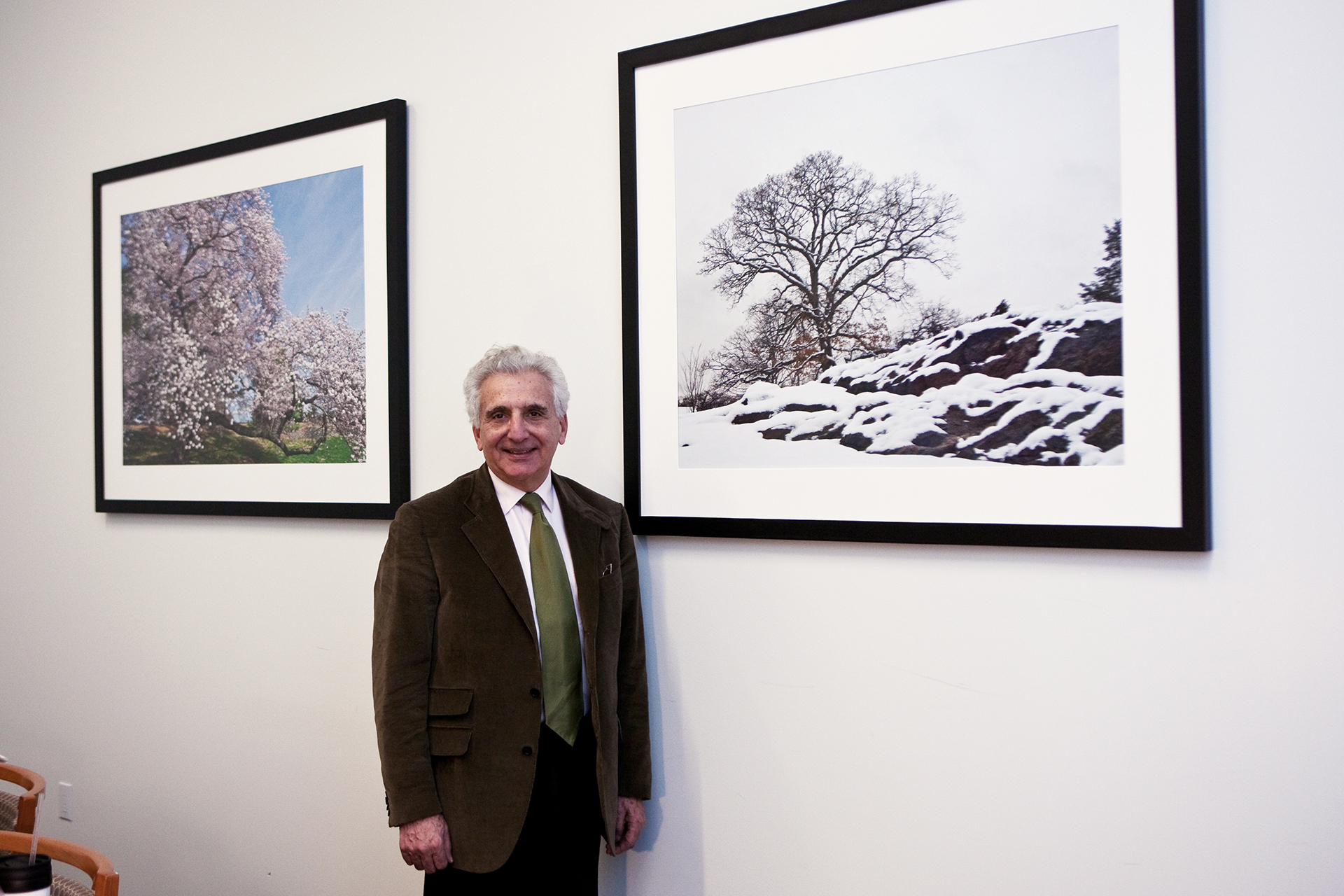
(Left) Distinguished Adjunct Professor of Law Lawrence Lederman poses with two prints from his nature photography series. (Right) Selection of photographs from Professor Lederman's nature series.
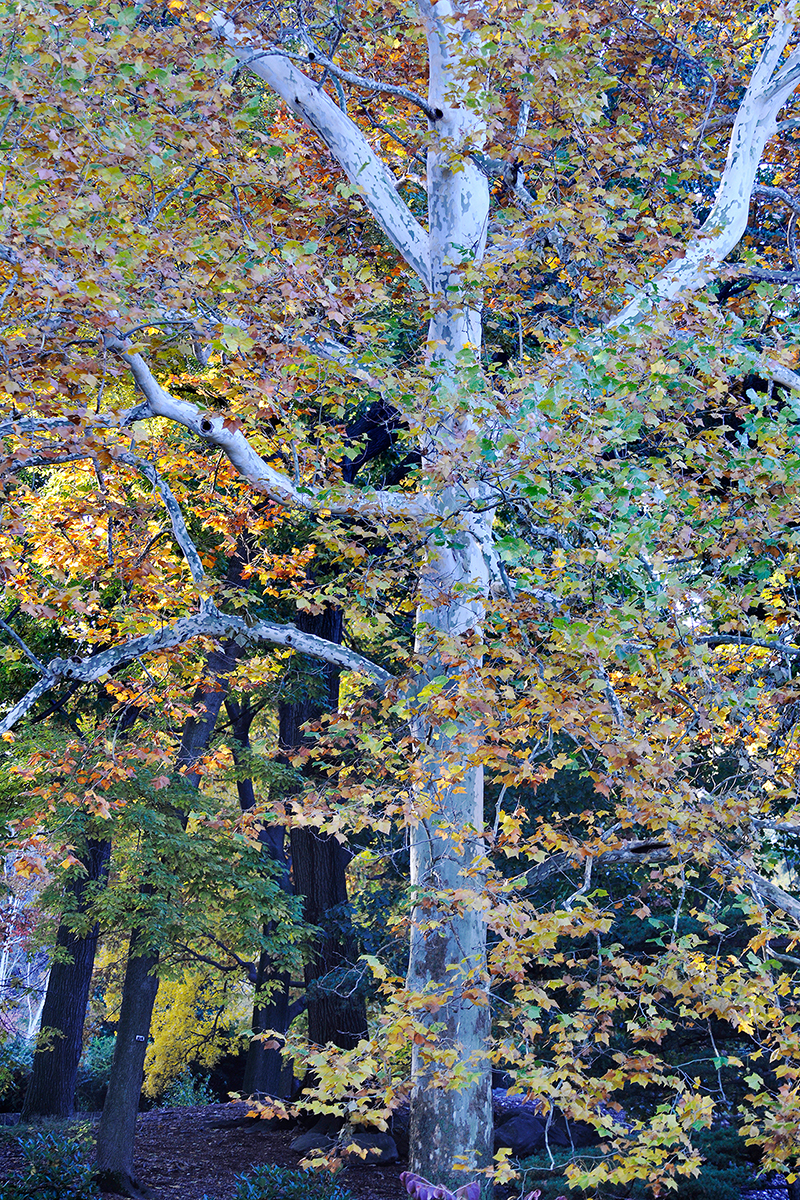
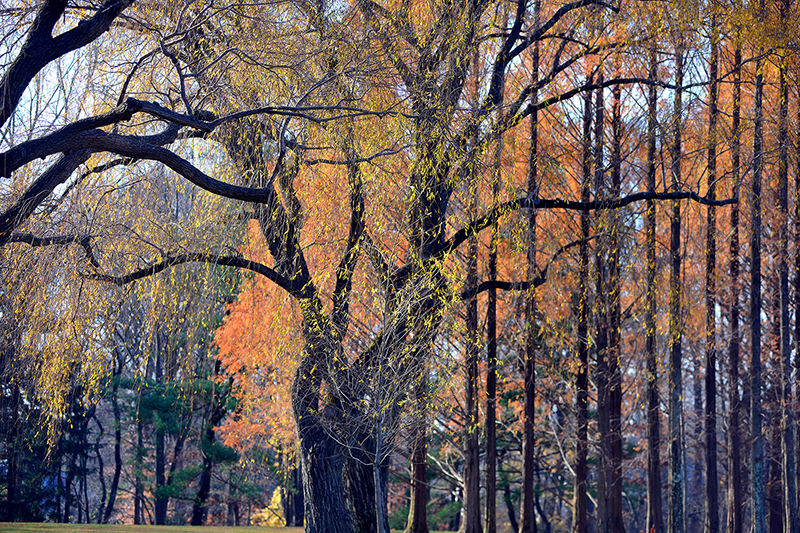
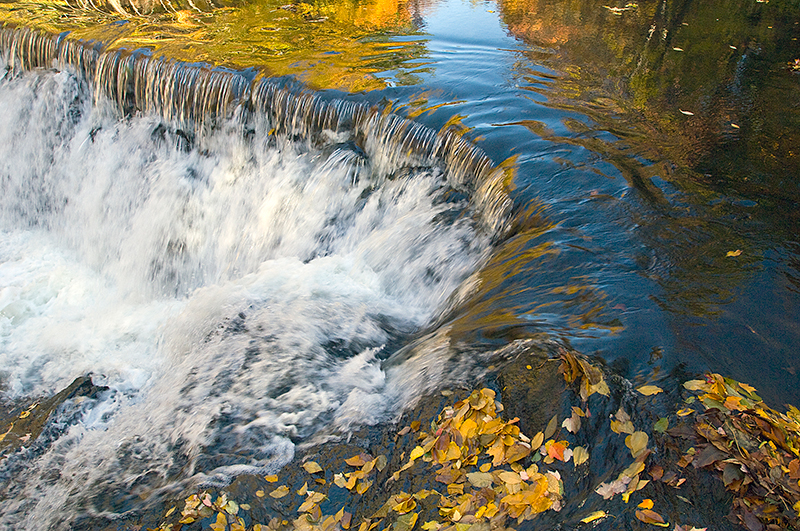
Within the classrooms — often adorned with pieces from the School’s collection — students can study the actual practice of art law and learn what it takes to be a lawyer in the art world. NYLS Adjunct Professor Hartley Waltman ’88 — general counsel of the Americas for Phillips auction house and an artist in his own right — teaches the course as an overview of the multifaceted practice.
“It's an amalgam of corporate law, insurance law, uniform, Uniform Commercial Code, contracts, litigation, endangered species law, and on and on,” he says. Lawyers in the art field will need a particularly expansive toolkit. Professor Waltman teaches each discretely, and he doesn’t shy away from philosophical questions about the practice. “What does the law do?” he asks his students. It may be initially about protecting artists, but what about dealers? Galleries? Agents? Auction houses? Collectors?
What are the ethical issues they might face, like issues of repatriation? Or endangered species law? Professor Waltman takes students through real-world cases to determine how best to approach these thorny issues.
Professor Waltman is also keen to introduce students to the unique and vital world in which they’ll be working should they choose to pursue art. “I love the people in the art world, because they are all such individuals,” Waltman says.
“They might have a fascination with porcelain, but not just any porcelain. It might be Chinese export porcelain or 19th-century French porcelain. They are so specific, and they love it. They love seeing beautiful things.” It’s an opportunity to be surrounded by creativity and new ways of thinking.
“The people are fascinating, and objects are just brilliant to look at every day, and the issues every day are different.”
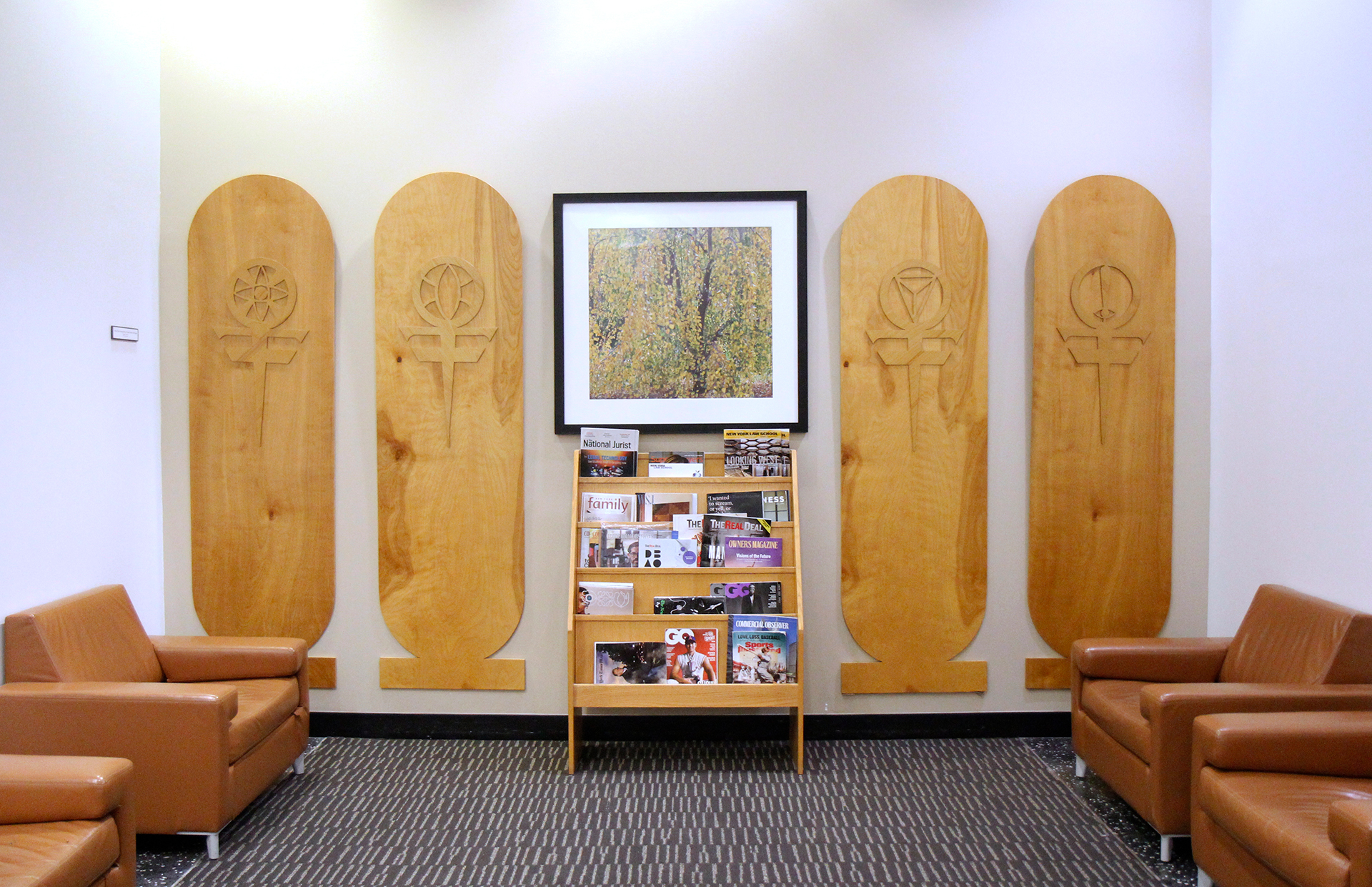
Goddess sculpture series by Colette T. Katz '07 in the Mendik Library: Goddess of Choice, Goddess of Unity, All-Seeing Goddess, Earth Goddess (left to right)
The newest addition to the NYLS collection is a set of four sculptures depicting goddesses by Colette T. Katz ’07. They can be interpreted as a nod to our student body, which represents women at a rate higher than most law schools, says Associate Dean and Vice President for Institutional Advancement, and Chief Development Officer Jeff Becherer.
“Growing our collection has been somewhat organic,” Becherer says, with gifts, commissions, and estates. It’s a representation of the variety of people who have traveled through the School’s halls and sat in its classrooms who generously give something to the next generation of NYLS students.
“New York Law School is located in the most significant cultural center of the world, and our collection allows the Law School to participate actively in that culture. Further, the collection’s diversity, much like our student body, is vast and embodies all aspects of New York.”
“Much like law, art is a reflection of community values, ideas, and aspirations,” says Dean and President Anthony W. Crowell. “NYLS's extraordinary collection aims to inspire our students, faculty, and graduates to be agents of change using our city as a canvas on which to create and achieve their visions for a better and more just world."
